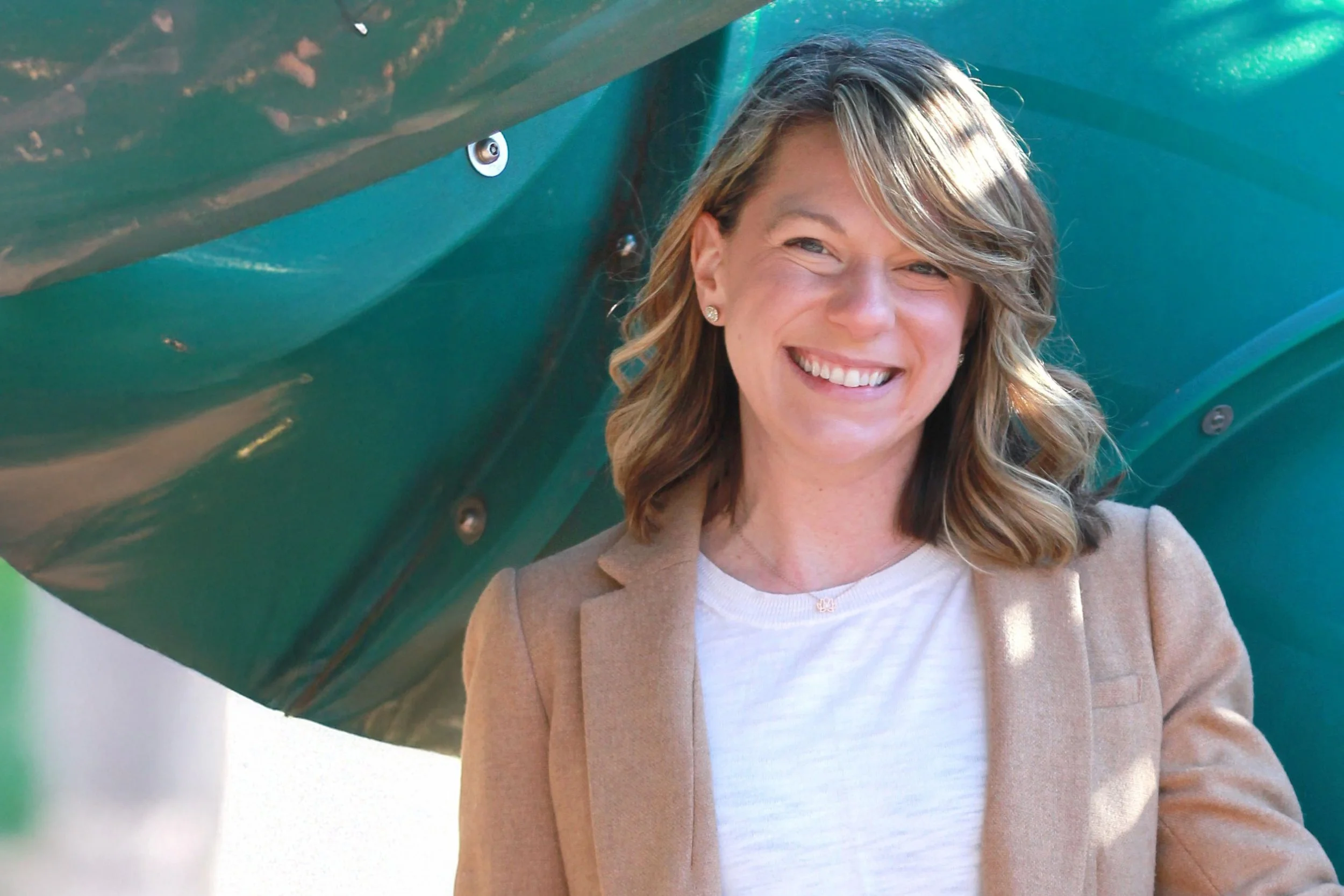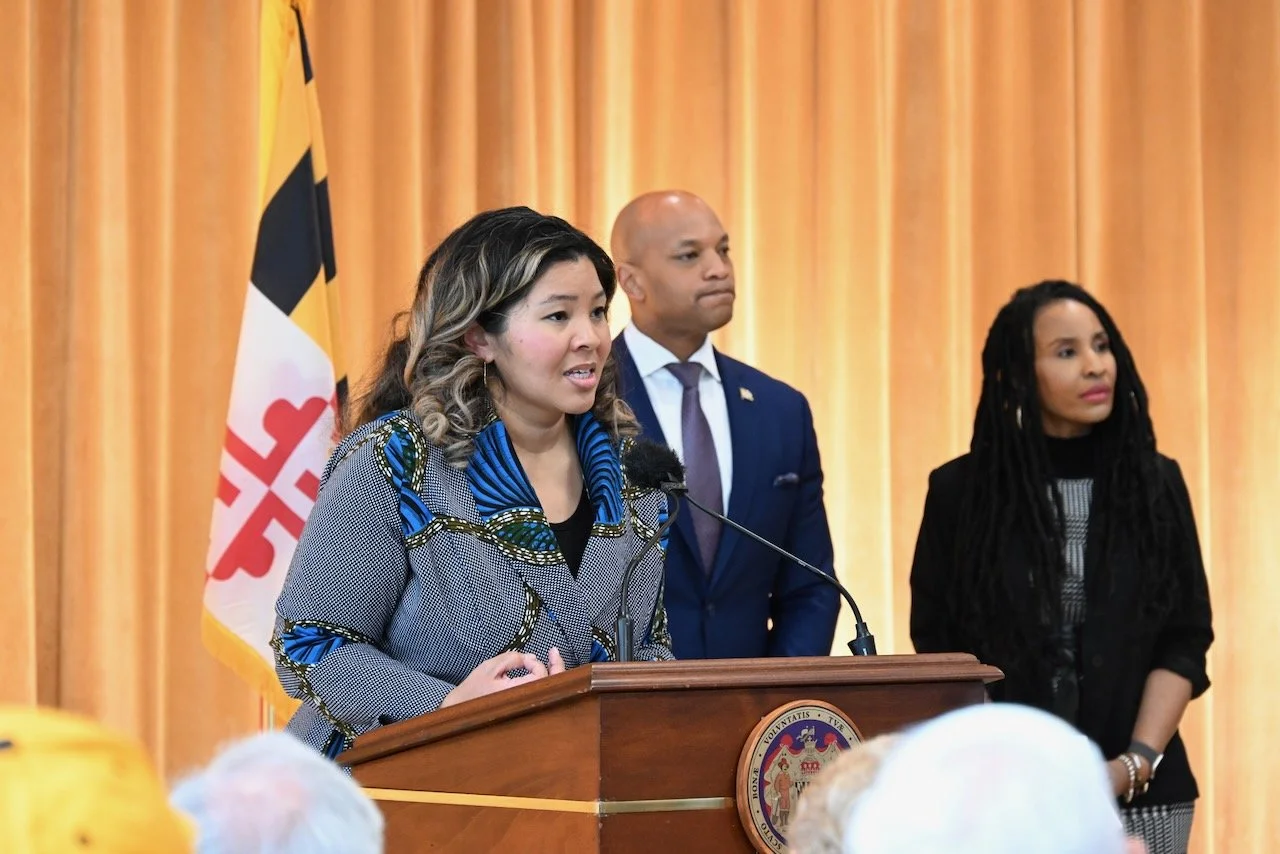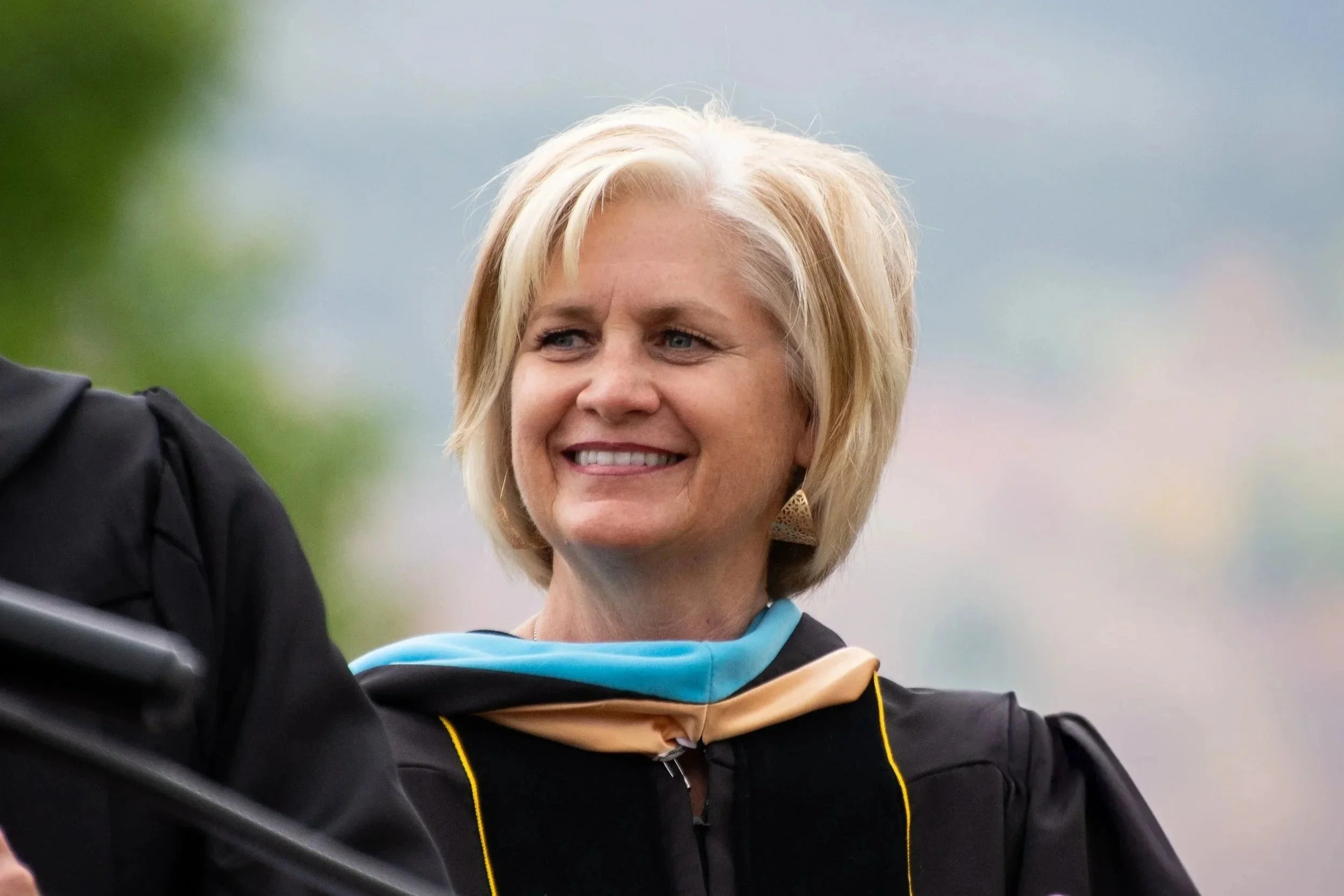Jennifer Owens: Leading the pivot at HealthMPowers
When Jennifer Owens became CEO of HealthMPowers in 2020, she was joining a well-established organization with solid finances and a clear mission. The Covid pandemic presented many challenges, especially how to deliver physical fitness and community-building programming fully online.
Over the past five years, Owens has worked to strengthen the organization’s leadership team and create a bold strategic plan. Now, thanks to her foresight—and her experience in policy research and advocacy, community organizing, communications, fundraising, and organizational development—HealthMPowers is as prepared as they can be for an uncertain future.
Inspired by Jennifer’s combination of wisdom and charm—and her talent for building programs from the ground up—The Morgridge Family Foundation is helping support HMP’s new Girls Empowering Movement (GEM) Initiative. Designed by girls for girls, the program debuted in the summer of 2021 with a goal to motivate 200,000 girls to be physically active, build leadership skills, and develop the social and emotional tools needed to live happy, healthy lives. The program is already thriving, and so are the girls!
What first drew you to HealthMPowers?
My roots with HealthMPowers actually pre-date my tenure here! I led a Farm Bill advocacy training for the entire HMP staff while working at another organization and I thoroughly enjoyed my time with the leadership. Since its founding in 2000, HeathMPowers had grown from a “closet” office space at Children’s Healthcare of Atlanta, to their own space complete with a large training room. They had already served nearly 500,000 kids through schools and childcare centers, and had a robust staff.
When Covid began, my daughters and I were delivering bags of food from local charities to elementary school children who qualified for free-and-reduced lunch but were stuck at home. The charities were generous, and doing their best, but the food was basically junk. One hot afternoon, I sat in my car in the parking lot of a large apartment complex and thought, here I am, helping around the margins while kids need and deserve better during the biggest health crisis we had ever seen. I will never forget how I felt and what I was thinking at that moment. Not a few minutes later, my phone rang. It was a friend recruiting for the HealthMPowers CEO job, and the rest is history. Or more accurately, destiny!
In what ways have you helped shape the organization and what do you think is most important moving forward?
When I was hired, the biggest structural issue facing the organization was that our staff and systems were entrenched in silos according to program. When I first started, staff members would literally introduce themselves to me by their funding stream or grant! Leading the entire staff through a formal strategic plan and rallying around shared goals, values, and metrics has facilitated a monumental shift. I am very proud of that process. But honestly, what I am most proud of is that we have faced some very hard things as an organization: Changing our entire operational model to digital-first during Covid, pressure to raise millions of dollars for our brand new pilot Girls Empowering Movement (GEM) Initiative, an unplanned office relocation, staff attrition during the Covid years, and now, the likely end of federal funding. This team has faced each and every challenge with intention and we have come out better and stronger on the other side of every single one of them.
Moving forward, the most important thing we are going to need is to recalibrate our program and service model. And think big. We will need to be resilient and creative and not be afraid to fail. And I am beyond excited about that prospect.
In the past, HealthMPowers has received significant federal funding through the nutrition education component of Supplemental Nutrition Assistance Program (SNAP), known as SNAP-Ed. How is HealthMPowers navigating SNAP-Ed funding cuts?
The Board and leadership has always been thinking about the day that the grant may end, and now we have arrived at that day. We have built a respectable amount of cash reserves, we have been tweaking multiple operating scenarios, and now, we are officially preparing for a recalibration year. We will be winding down the federal grant program, and winding up our ability to be in relationship and serve our education-based partner sites but in a different manner. We are obviously leaning hard on diversifying our revenue strategies, and auditing our evaluation results so that we can preserve the key parts of our program that contribute most to the strong outcomes we see as a result of our work. This season will be difficult. And we will eventually look very different. But my job as CEO of a 25-year old legacy organization is to make sure there are another 25 years to come.
Some people think it's impossible to have it all, but we especially love the way you combine your personal and professional interests: your love of sports, your budget experience, your board service to a faith-based organization, and even your passion for urban farming. How do you stay so true to your whole self?
I truly believe that living a full, integrated life isn’t about “having it all” in the traditional sense—it’s about aligning your values with your actions and being intentional about how you show up in every space.
For me, my passions aren’t separate from my professional life—they’re extensions of who I am. I constantly ask myself, “What values do I want to act on today?” That helps me stay true to my whole self by making space for reflection, surrounding myself with people who hold me accountable to my values, and saying yes to opportunities that align with my personal mission and desires—even if they’re outside the box. I truly believe every single experience has a lesson for you, and every single person who crosses your path enhances your journey in some way.
For the girls we serve at HealthMPowers, I want them to know that they don’t have to choose between their passions and their profession. I want them to see that their whole selves are worthy of being seen, celebrated, and invested in. I teach that by modeling it—by showing up fully, by being transparent about my journey, and by creating spaces where they can explore and express all the parts of who they are.



